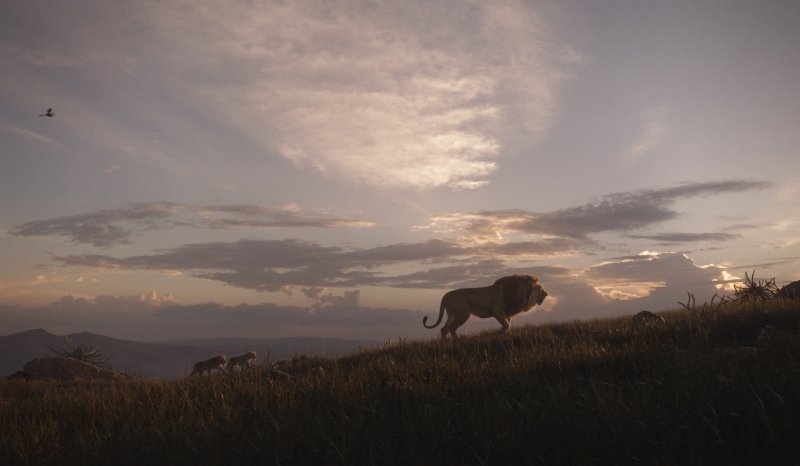In a conversation during the media screening of Lion King in Melbourne, Jon Favreau spoke about the massive effort made by the studios to perfect the CG environments and especially the brilliant done in creating the very real characters. Here is what he said:

As Jon Favreau was finishing off the production of Jungle Book, his production team were experimenting with the Unity gaming engine. They were creating digital environments as preproduction for Lion King, basically 3D sets, with dimensions as large as they wanted. “We would upload the digital environments into the Unity game engine, and we were using HTC Vive virtual reality hardware, and we created a multi-player film making VR game software,” he described. “All of our crew could put on headsets and to actually go into the sets and walk around and scout it, just they were in a real location.”
“At the point where we were to be setting up cameras in the digital environment for this animated film, we had the equipment to allow a live-action film crew move these digital cameras around within the VR space,” he says. “We were able to generate dailies from that footage and that became the basis for the photoreal rendering that followed.
So, it was an extra step to give us the feeling of a live-action film, but you see the coverage, the lenses, all of it has that feeling of a live-action African savannah.”

Lion King director Jon Favreau basically apprenticed by being an actor in other people’s productions. He slowly learned what each position did, what every craft and trade does. He says when he came to be doing Jungle Book and then Lion King, it wasn’t big like Iron Man with lots of locations and extras; this was big with all the new technology and a large number of great artists around him. “Unity providing the engine, MPC was doing the visual effects. All around the world, there were people working on this production. That’s what was wonderful about working on Lion King. Everyone knew and loved the original film,” Favreau says, “everybody knew the original so well we couldn’t deviate from the story that much, but what we could do was add in visual effects that nobody had ever seen before.”
How do you change a story that was made for children as a ‘cartoon’, into a production dealing with very complex themes with a bit of an emotional roller-coaster of a plotline from when we saw the original years ago, how do you translate that into something that appears photo-real? Well, a lot of that answer came down to using a lot of beautiful cinematography that one would usually associate with a more artful live-action film. That’s why they brought in Caleb Deschanel as the cinematographer. The cinematic camera angles and moves, lens choices, and lighting are spectacular. Deschanel’s history with Winters Tale, Jack Reacher and Dream House shows his and his team’s talent to bring rich images to the screen.

Talking of screens; I watched the Lion King movie in the native iMAX theatre in Melbourne, part of the Melbourne Museum building in Carlton. Favreau points out that I would be seeing this in one of only a few in the world that is set up to project the Lion King movie as it was intended. There’s only one in Australia and I’m in it.
Also, here’s a pretty stunning discussion with Jon Favreau by my friends at The Hollywood Reporter. This interview goes through just some of the projects Favreau has in the boiler right now for the future, including Star Wars, MCU work, shorts and his views on further story-telling technology.

Reblogged this on Gilded Monkee and commented:
Jon Favreau is going to revolutionize movie making and virtual reality by developing new technology and techniques to create new Hollywood blockbusters.